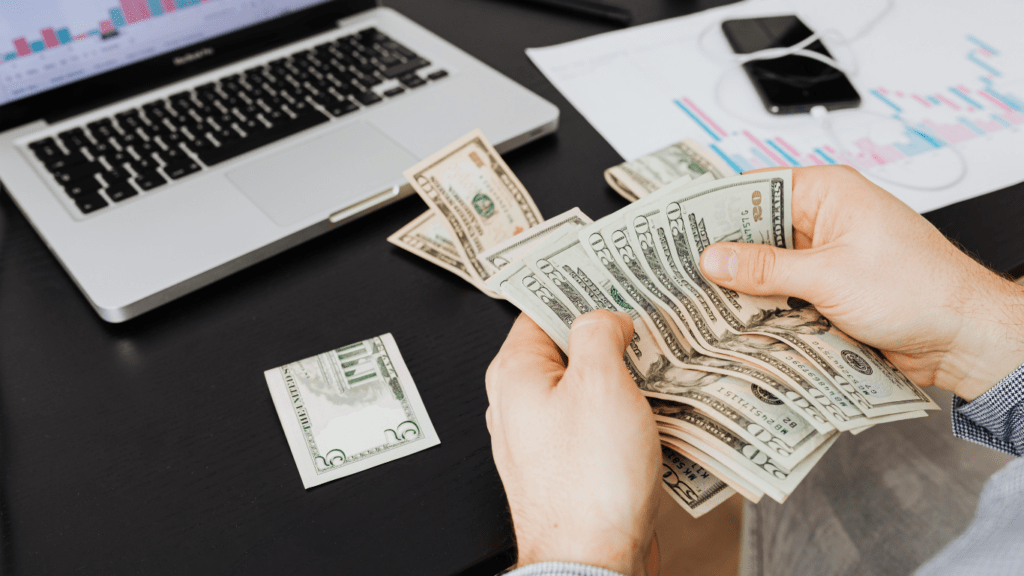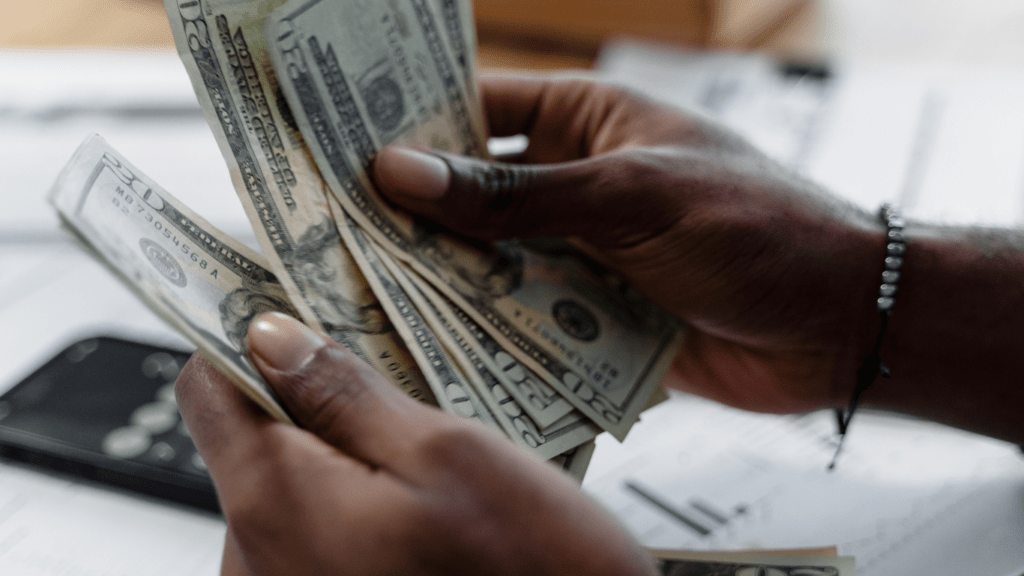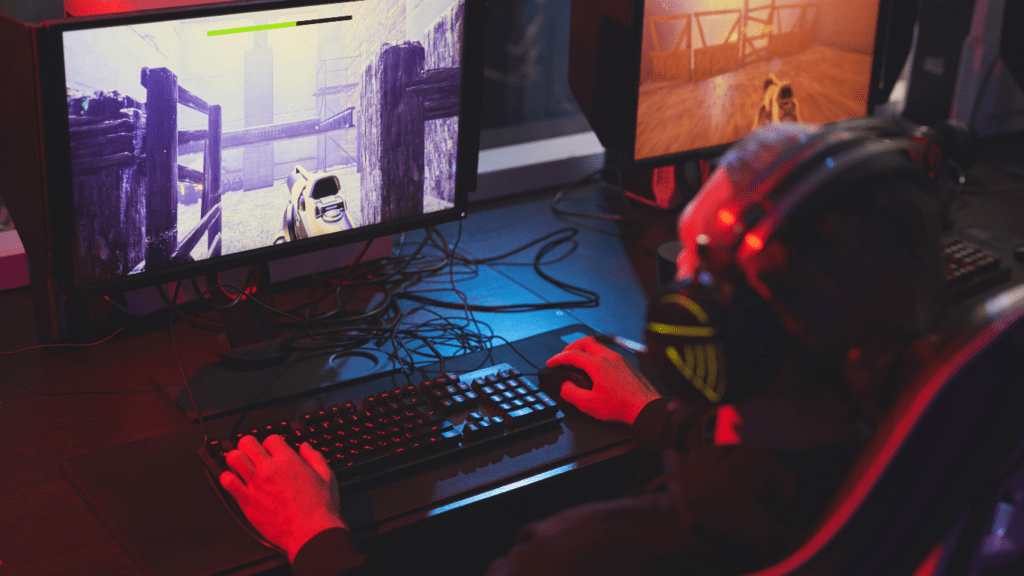In the fast-evolving landscape of digital assets, Non-Fungible Tokens (NFTs) have emerged as a groundbreaking technology with the potential to revolutionize the way we perceive ownership and trade physical assets.
As an avid follower of blockchain innovations, I’ve witnessed the rise of NFTs as a tool for tokenizing real-world items, from art and collectibles to real estate and even intellectual property. Exploring the intersection of traditional assets and blockchain technology, I delve into the exciting realm of how NFTs are reshaping the concept of ownership and creating new opportunities for asset tokenization.
With a keen eye on the latest trends in the crypto space, I aim to unravel the complexities of using NFTs to represent tangible assets and the implications this has for industries beyond the digital realm.
Exploring NFTs in the Context of Physical Assets
Exploring NFTs in relation to physical assets reveals transformative possibilities for ownership and trading. NFTs are bridging the gap between tangible items and blockchain technology, revolutionizing how we tokenize real-world assets across various sectors.
Currently, NFTs are tokenizing a wide range of physical assets, including art, collectibles, real estate, and intellectual property. This integration is reshaping ownership paradigms and enhancing asset representation and transferability in the digital age.
By tokenizing real-world items, NFTs provide unique blockchain representations that ensure authenticity and enable transparent transaction histories. This innovation boosts asset liquidity and allows for fractional ownership, making high-value assets more accessible.
The application of NFTs also extends beyond individual ownership to impact industries such as luxury goods, real estate, and intellectual property. NFTs facilitate seamless ownership transfers and create verifiable digital records, transforming how assets are bought, sold, and valued.
As NFTs redefine asset tokenization, their influence on traditional sectors becomes increasingly evident, enhancing asset management practices and introducing new dimensions of value exchange and ownership representation. This synergy between NFTs and physical assets illustrates a transformative narrative of ownership reinvention in the modern era.
Understanding the Concept of Tokenizing Physical Assets
Exploring the Concept of Tokenizing Physical Assets
Tokenizing physical assets involves representing ownership of real-world items through digital tokens on a blockchain. This process allows for the fractionalization of assets, enabling individuals to own a portion of high-value items such as real estate, art, and collectibles. By converting physical assets into NFTs (Non-Fungible Tokens), each token uniquely represents a specific asset, creating a secure and transparent method of ownership transfer.
Ensuring Authenticity and Transparency in Asset Ownership
One of the key benefits of tokenizing physical assets with NFTs is the guarantee of authenticity and transparency in ownership records. Each token is verifiably unique, providing a secure digital representation of the underlying asset. This transparency extends to the asset’s transaction history, offering a clear record of ownership transfers and provenance.
Enhancing Liquidity and Access to High-Value Assets
The tokenization of physical assets enhances asset liquidity by allowing owners to sell fractions of their holdings. This increased liquidity opens up investment opportunities to a broader range of individuals who may not have had access to high-value assets traditionally.
Fractional ownership also diversifies investment portfolios and lowers barriers to entry for asset acquisition.
Transforming Ownership Paradigms Across Industries
The integration of NFTs in the tokenization of physical assets disrupts traditional ownership paradigms across various industries. From luxury goods to real estate and intellectual property, NFTs introduce a new form of ownership representation in the digital age.
This transformation not only impacts individual ownership but also revolutionizes how assets are exchanged, valued, and leveraged in the blockchain ecosystem. The concept of tokenizing physical assets through NFTs represents a significant evolution in asset ownership and trade, offering enhanced liquidity, transparency, and accessibility to a wide range of investors.
This innovative approach bridges the gap between physical assets and blockchain technology, paving the way for a more inclusive and efficient asset ownership landscape.
Real-world Applications of NFTs in Asset Tokenization
Tokenizing Real Estate Properties
In real estate transactions, NFTs offer a unique way to divide property ownership digitally. By tokenizing real estate assets, individuals can own fractions of properties on a blockchain, providing access to investments that were once out of reach.
This method enhances liquidity and simplifies the process of buying and selling real estate through secure and transparent digital transactions.
Tokenizing Luxury Goods and Collectibles
Luxury goods and collectibles become more accessible through NFTs, allowing individuals to own digital tokens representing shares in high-end items. By tokenizing these assets, ownership can be distributed among multiple investors, enabling broader participation in an asset class typically reserved for the wealthy.
NFTs ensure authenticity and provenance, creating a transparent and secure way to trade luxury goods and collectibles in the digital realm.
Challenges and Opportunities in Using NFTs for Asset Tokenization
Exploring the realm of using NFTs for asset tokenization unveils a landscape filled with both challenges and opportunities. As individuals navigate this intersection of physical assets and blockchain technology, several key factors come into play, influencing the trajectory of this innovative approach.
- Interoperability Concerns: Integrating physical assets into a digital realm via NFTs raises concerns regarding interoperability. Ensuring seamless interaction between traditional asset systems and blockchain platforms is crucial for the successful tokenization of assets.
- Regulatory Compliance: Navigating the regulatory landscape is paramount when tokenizing physical assets. Compliance with existing regulations and the adaptation of new frameworks present challenges that must be meticulously addressed to ensure legality and security.
- Asset Valuation: Determining the value of physical assets in a digital tokenized form poses a significant challenge. Establishing transparent and objective valuation methods that accurately reflect the true worth of assets is essential for investor confidence and market stability.
- Security and Custody: Safeguarding digital representations of physical assets requires robust security measures to prevent theft, fraud, or loss. Developing secure custody solutions that provide peace of mind to asset owners is imperative for widespread adoption.
- Market Liquidity: Maintaining liquidity in asset tokenization markets is essential for facilitating seamless trading and investment. Enhancing market liquidity through efficient trading mechanisms and broad investor participation is key to the success of NFTs in asset tokenization.
Embracing these challenges as opportunities for growth and innovation is vital to realizing the full potential of NFTs in transforming asset ownership and trade. By addressing these hurdles head-on and leveraging the unique capabilities of blockchain technology, we can unlock new possibilities for democratizing access to high-value assets and reshaping traditional ownership paradigms.





